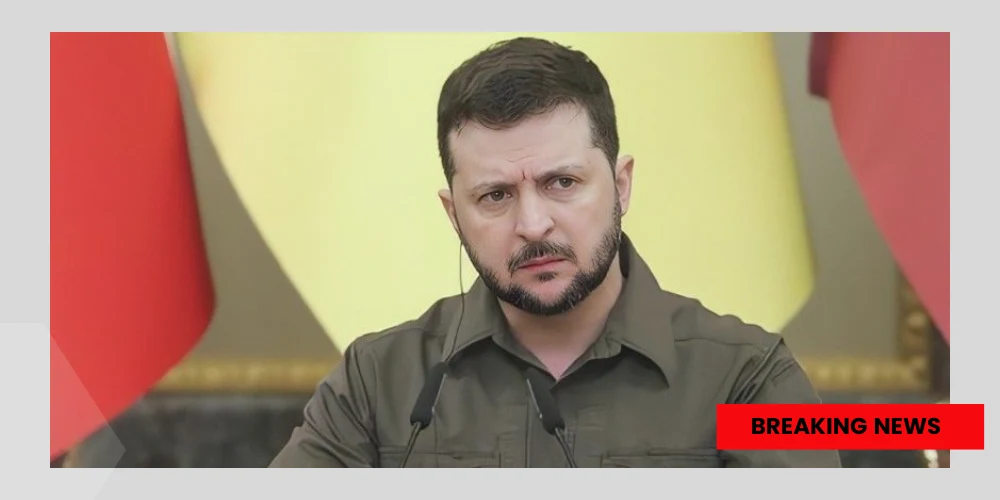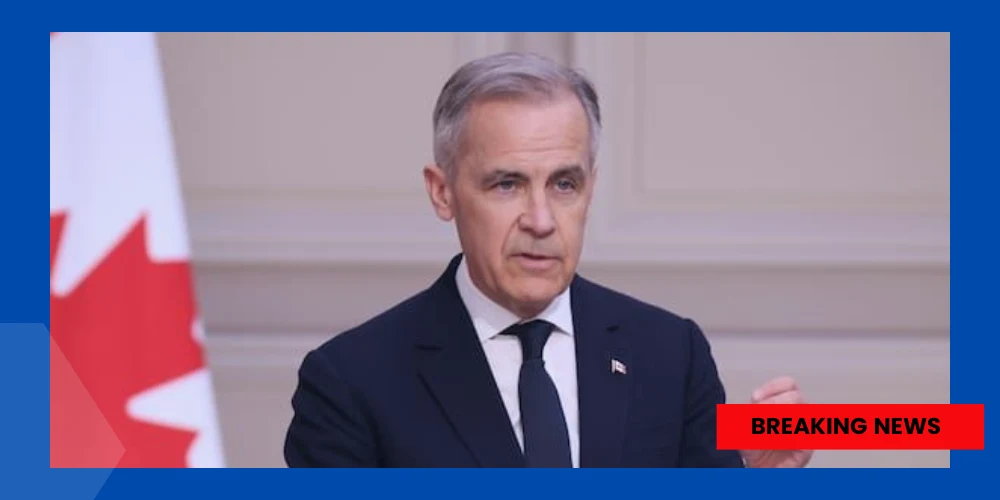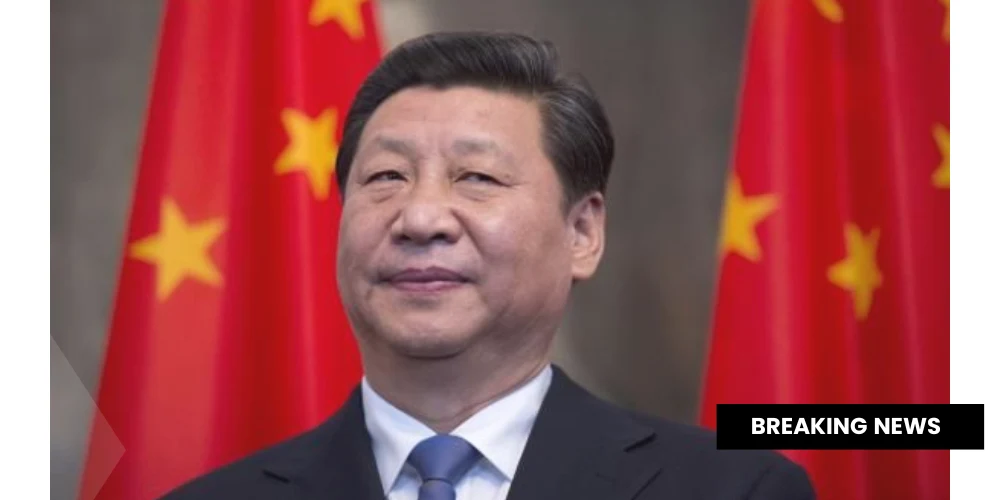Zelenskyy’s High-Stakes Gamble: A Call for Talks with Putin in the Shadow of War
As another deadly missile barrage hit cities across Ukraine in late July 2025, President Volodymyr Zelenskyy issued a bold and unexpected proposal: face-to-face negotiations with Russian President Vladimir Putin. After over three years of brutal war, countless broken ceasefires, and little direct communication between the two leaders, Zelenskyy’s call surprised many. Yet the move reflects a broader strategyone that seeks to internationalize diplomacy, compel Moscow into talks, and reassure Ukraine’s Western backers that Kyiv remains committed to peace, even as it fights for survival.
The Catalyst: Fresh Attacks, Mounting Pressure
The immediate backdrop to Zelenskyy’s outreach was tragic and familiar: another round of deadly missile and drone strikes in Ukrainian cities, including Dnipro, Kharkiv, and Odesa. Civilian casualties mounted. Energy infrastructure was once again damaged. International media broadcast images of burning apartment blocks and overwhelmed emergency services.
Amid the carnage, Zelenskyy spoke not only to Ukrainians but to the world:
“It’s time to speakopenly, directly. Not through intermediaries, not through escalation. Putin must face the reality of what this war has doneto Ukrainians, to Russians, and to peace in Europe.”
The statement, delivered during a late-night address from Kyiv, was as much a strategic gambit as it was an emotional appeal. It was aimed not just at the Kremlin, but also at Western capitals, the Global South, and neutral countries caught between supporting Ukraine and seeking “balance” with Russia.
Why Now? Understanding Zelenskyy’s Timing
At first glance, the proposal for direct talks might seem to clash with Ukraine’s insistence on territorial integrity and non-capitulation. But in reality, Zelenskyy’s offer is both tactical and symbolic:
- Reclaiming the Diplomatic Narrative
By publicly calling for talks, Zelenskyy positions himself as the reasonable actor in contrast to Putin’s silence and ongoing aggression. This helps shift global perception, especially among non-aligned nations in Africa, Asia, and Latin America. - Increasing Pressure for a Ceasefire
With civilian casualties mounting and front-line positions largely static in recent months, Zelenskyy’s move may reflect a desire to at least pause hostilities, if not end them. A face-to-face summit could catalyze negotiations toward a temporary or localized ceasefire. - Reassuring Ukraine’s Western Partners
As U.S. and European voters grow weary of the war’s duration and financial cost, Zelenskyy’s diplomacy sends a clear message: Ukraine is not a “war-monger” but a state seeking peace under just terms. - Pre-empting Russian Propaganda
Russian officials have frequently claimed that Ukraine refuses talks. By publicly offering direct engagement, Zelenskyy undercuts Kremlin narratives and regains the initiative in the information space.
Putin’s Silence: Calculated or Cornered?
As of early August, the Kremlin has not officially responded to Zelenskyy’s proposal. Russian state media downplayed the call, and Putin himself remained silent.
Kremlin spokesperson Dmitry Peskov said Russia “prefers negotiations through established diplomatic channels,” an ambiguous statement that suggests reluctance. Analysts speculate that Moscow does not want to legitimize Zelenskyy by appearing with himespecially since Russia continues to falsely label Ukraine’s government as a Western puppet or “Nazi regime.”
Yet refusing talks comes with risks for Putin:
- It reinforces Russia’s isolation, especially among countries like India, South Africa, and Brazil, which have advocated for negotiations.
- It exposes the Kremlin to international criticism at the upcoming G20 summit, where global leaders may push for peace talks.
- It may backfire domestically, as Russian citizensfacing conscription and economic fatiguebegin to question the war’s endless toll.
Geopolitical Calculus: Internationalizing the War’s Endgame
Zelenskyy’s strategy hinges on turning Ukraine’s bilateral struggle into a truly multilateral diplomatic effort. This aligns with Kyiv’s repeated calls for a “Global Peace Summit,” previously floated in Switzerland and endorsed by the EU.
His outreach to Putin is a natural extension of this: a way to internationalize Ukraine’s peace posture while keeping hard military lines intact.
Behind the scenes, Zelenskyy’s office is pushing for:
- UN-led mediation, involving countries like Türkiye, India, and Indonesia
- Greater involvement from China, which has positioned itself as a neutral broker (though largely tilted toward Moscow)
- Coordination with G7 leaders, especially as U.S. politics introduce uncertainty ahead of the 2026 midterms
By framing the conflict in global termsaffecting food security, energy prices, and nuclear riskZelenskyy ensures continued relevance and engagement from partners who might otherwise drift.
Military Reality vs. Political Aspiration
Despite the diplomatic push, the war continues. Ukrainian forces remain locked in grinding attritional battles in the Donbas and southern Zaporizhzhia regions. Russian troops, bolstered by new conscripts and Wagner Group remnants, continue to launch assaultsalbeit with limited territorial gains.
Zelenskyy’s call for direct talks does not signal military weakness, but rather recognizes that battlefield stalemates rarely produce clean victories. Instead, he seems to be accepting that some form of negotiation will eventually be required to end the conflict.
Still, Kyiv insists on several non-negotiable positions:
- Full restoration of Ukraine’s 1991 borders (including Crimea)
- Accountability for Russian war crimes
- Long-term security guarantees, potentially through NATO or an international force
These demands may be softened or sequenced in actual negotiationsbut for now, Zelenskyy has not signaled any public shift in red lines.
Western Response: Encouragement with Caution
Western allies reacted cautiously to Zelenskyy’s proposal. The U.S. State Department said it supported “any good-faith effort” to bring peace but reiterated that “nothing about Ukraine can be decided without Ukraine.”
EU leaders, including France’s Macron and Germany’s Scholz, expressed support for dialogue, but also skepticism about whether Putin would respond in kind.
In Washington, the Biden administration is focused on:
- Ensuring continued military aid amid congressional debate
- Maintaining unity with European partners
- Avoiding any perception that Ukraine is being “forced” to the table under pressure
Privately, however, some Western diplomats view Zelenskyy’s move as smart realpolitika way to appease war-weary publics without compromising Ukraine’s strategic aims.
A Risky but Necessary Play
Zelenskyy’s call for direct talks with Putin is not without risks:
- If Russia refuses, it may embolden critics who see diplomacy as futile
- If the talks collapse or are used by Moscow for propaganda, Ukraine could appear weak
- If Western allies see the move as premature, support could waver
Yet, in a broader sense, the initiative is a high-stakes bet on moral leadershipa gamble that the global community will respond to reason, and that pressure on Russia will grow as its intransigence becomes clearer.
Zelenskyy’s move mirrors a familiar pattern from wartime history: the leader under siege who seeks dialogue not as surrender, but as a demonstration of strength and humanity.
Conclusion: Negotiation as Strategy, Not Submission
Zelenskyy’s outreach to Putin marks a pivotal moment in Ukraine’s wartime diplomacy. It is a gesture grounded in strategy, not naivetédesigned to build global momentum for peace while maintaining core Ukrainian principles.
Whether Putin responds remains uncertain. But in calling for face-to-face talks, Zelenskyy reminds the world that diplomacy remains the ultimate weapon for those seeking justice, not domination.
In the brutal calculus of war, sometimes the most radical act is to speak.




